
- Offer Profile
- Farnell,
established in 1939, is a world leading high service, low
volume distributor of electronic, electrical, industrial and
maintenance, repair & operations (MRO) products – with fast,
easy access to over 480,000 stocked products, 24 hours a
day, 365 days a year.
We offer buyers, design and maintenance engineers flexible ordering through a choice of channels and delivery options to suit individual requirements.- 24 hour ordering – telephone & online
- FAST, easy online ordering
- FAST same day despatch
- FREE technical support
Alternative Energy
Boasting nearly 3000 items, our Alternative Energy product portfolio comprises the most energy efficient products and technologies required in the generation, transformation, storage, conversion and distribution phases of any design.
Our featured solutions, design resources and product training videos are developed to help you with the design and implementation of these systems, while simultaneously keeping you up to date with the latest innovations that open up new applications for alternative energy.
There are many viable reasons for considering an alternative energy solution to power new designs, especially for those with ultra-low power requirements. Lower total cost of ownership, environmental benefits, and ease of implementation are just some of the many benefits that alternative energy sources can bring.
A solar-powered home is probably the most economical and practical use for an alternative energy at this point in time. The long term savings of not having to constantly depend on the energy grid easily outweighs the initial setup costs. Small scale wind power generation schemes have been used for household electricity generation in conjunction with battery storage over many decades, especially in remote areas. Nowadays, equipments such as wireless Internet gateways are being powered by wind turbines, replacing the need for a connection to the power grid. It is easy to think of all alternative energy as giant wind farms or hydro plants, but many alternative energy sources can be as simple as a single solar cell powering a remote sensor and wireless transmitter. As well as solar power, piezoelectric and thermoelectric generators can harvest vibration and thermal energy to generate enough electricity to power a simple circuit. Such energy harvesting schemes have now been widely employed in environmental and geological data sensing applications.
Products
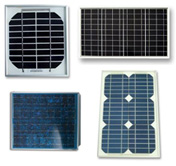
Energy Collector
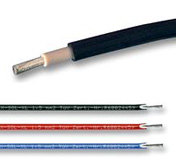
Electrical Components
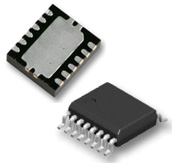
Power Management
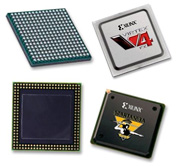
Processing Unit
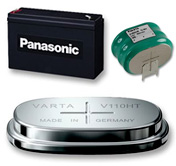
Energy Storage
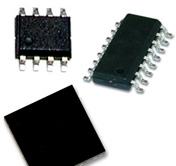
Analog Front End
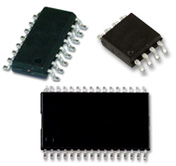
Communications
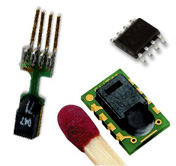
Sensors & MEMS
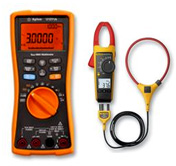
Test & Measurement
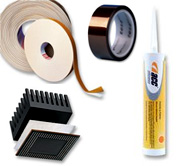
Maintenance & Repair
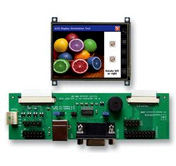
Human Machine Interface
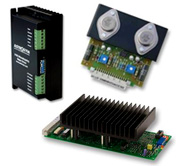
Motion Control
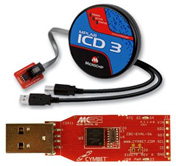
Design Tools
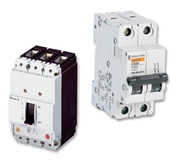
Circuit Protection
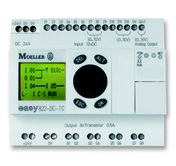
Control & Automation
Alternative Energy Solutions
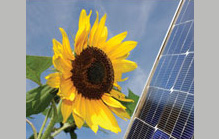
Energy Harvesting
- Energy harvesting systems are the devices that can
convert solar power, thermal energy, wind power, mechanical energy and
electromagnetic energy into electrical power and save in batteries or
super capacitors.
An energy harvesting system is composed of energy collection, energy storage and power management. The energy collection is responsible for capturing the energy that is available in different forms such as solar power, and converting it into electrical power. The electrical power is stored in batteries or super capacitors to feed other devices. The power management converts the stored power into different voltage and current levels for satisfying the different needs of powered devices.

Home Solar Power System
- A typical home solar power system comprises a solar
panel, solar controller, batteries, DC loads, DC-AC solar inverter, AC
loads, and can connect with the power-grid. In the daytime, the solar
panel collects the solar energy which is converted to electric energy,
solar controller controls the energy by MPPT technology to drive the
solar inverter and DC loads, and charges the batteries as floating
charge.
In the night, the batteries are the power supply to DC loads and solar inverter which drives the AC loads.
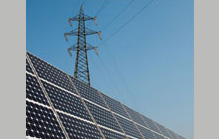
Solar Inverter for Grid-Connected
- An 0n-grid solar inverter converts DC output of PV modules into AC power which is suited for electricity transmission on power grid. In practice, each solar inverter installed in solar power plants needs to connect an array of PV modules to power grid because a single PV module can only provide a few tens of volts and 200W output power approximately. This means an on-grid solar inverter has to make a DC-AC conversion based on a 400-800V input voltage generated by a number of parallel-connected PV modules, which could provide an output power from several kilowatts to hundreds of kilowatts.
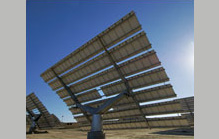
Solar Tracking System
- In order to maintain a highest rate of the reception
of sunlight, it is necessary to introduce solar tracking systems into
solar power systems.
There are three common methods that can be used to implement a solar tracking system, i.e. time-based control method, sunlight intensity comparison method and space-time synchronization method. Time-based control method works with a simple principle. However there are difficulties that lie in the setup job of the system and the control accuracy is not good enough. Sunlight intensity comparison method features high accuracy, simple circuit and easy implementation, but doesn’t perform well in low visibility and overcast conditions.

Wind Turbine Monitoring System
- A wind turbine monitoring system is responsible for monitoring the tower, blades, shaft, gear box, generator and overall conditions in the nacelle. This involves a variety of sensors e.g. accelerometers, encoders, temperature sensors, oil/liquid level sensors, particle counter, voltage, current and humidity sensors. Accelerometers are used to monitor vibration from main bearing, gear box, generator, blades and tower for the purpose of preventing damage arose by destructive vibration.
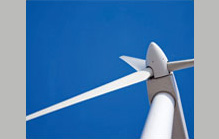
Wind Turbine Pitch Control
- Wind turbine pitch control system can change incidence of rotor blades in a wind power generation system based on real-time wind speed for the purpose of adjusting output power, achieving higher utilization efficiency of winder power and providing protection for rotor blades. When wind speed is not higher than the rated speed, the blade incidence stay near the angle 0° (highest power point), which is similar to that of a generator with constant pitch, generating an output power that changes along with wind speed. When wind speed is higher than the rated speed, the pitch control mechanism changes blade incidence so that the output power of generator is within the allowed range.
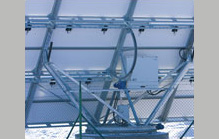
Solar Micro Inverter
- Solar micro inverters work based on DSCs that boast powerful algorithms to provide the features of both off-grid and on-grid inverters, so that functions such as MPPT (Maximum Power Point Tracking), charge management, inversion, and connection with grid can be enabled on a single device. A micro inverter is built with battery charge management, an inversion circuit and a relay.
Other Products
Connectors & Assemblies

PCB Hardware

Cables

IDC Connectors

Crimp Terminals

RF Connectors

Cables and Wires

Equipment Wire

Electromechanical

Cable Accessories

Multicomp

Connectors

IDC Cables

RF Cables
Development Tools & Prototyping

Development Tools

PCB Boards

Programmers

Support /Evaluation Kits
Enclosures & Accessories

Enclosures

Electromechanical

Fuseholders

Enclosure Accessories

Multicomp
Opto, Power & Management Semiconductors

Fibre Optic Accessories

MOSFETS

LED Accessories

Fibre Optics

Motor & Motor Drivers

Power Discrete Modules

Supervisory IC′s

LEDs

LED Drivers

MOSFET Drivers

Optoelectronics
Passive Components, Fuses & Switches

Potentiometers

Switch Components

Electromechanical

Passives

Switches

Multicomp

Overcurrent Circuit Protection

Fuses

Potentiometer Accessories

Overvoltage Circuit Protection
Power Supplies, Protection & Thermal Management

Power Supplies

Thermal Adhesives

Power Supply Protection

Heatsinks

Batteries
Programmable Semiconductors

Memory/Programmable Logic Devices

Microcontrollers

Micros
Signal Conditioning / Semiconductors

Potentiometers

Discretes

Comparators

Motor Drive ICs

Frequency Control Devices

IC′s

ADCs

Sensors and Transducers

DACs

Operational Amplifiers

Sensors
Test & Measurement, Lab Equipment

Soldering Equipment

Test Leads & Probes

Test and Measurement

Soldering Accessories

Scopes & Multimeters
Communications & Connectivity

Communication Technology